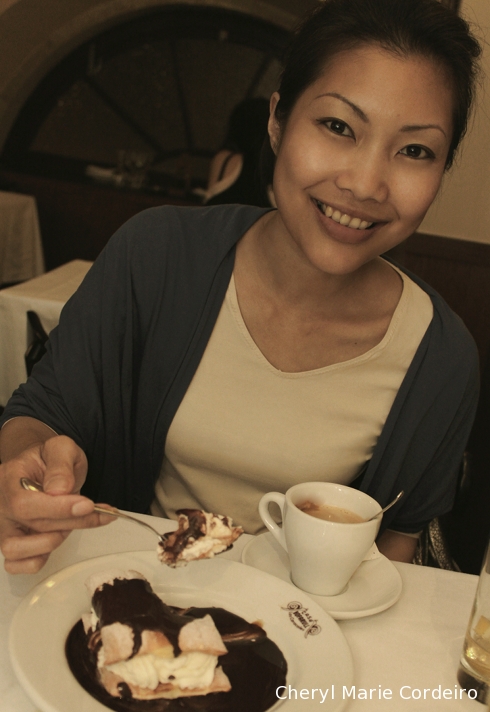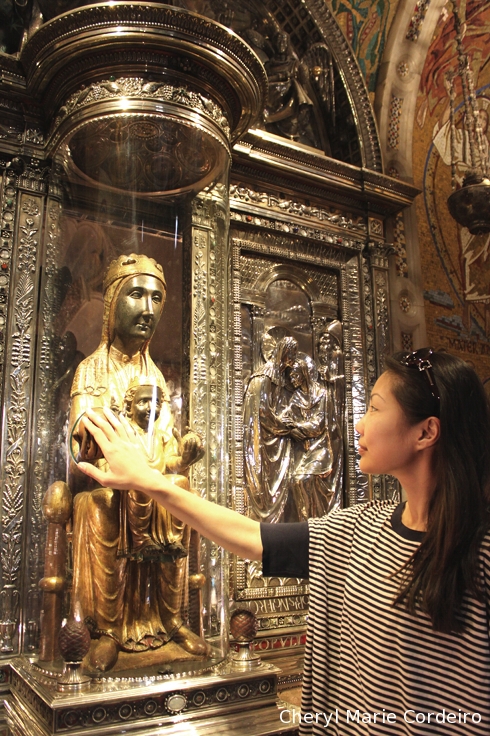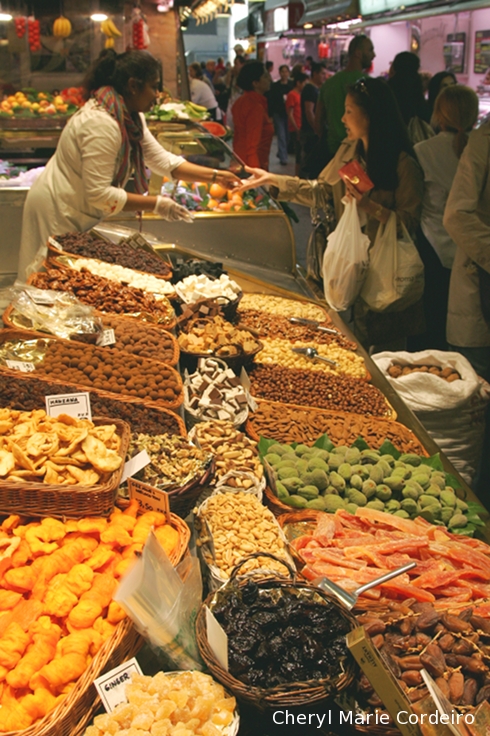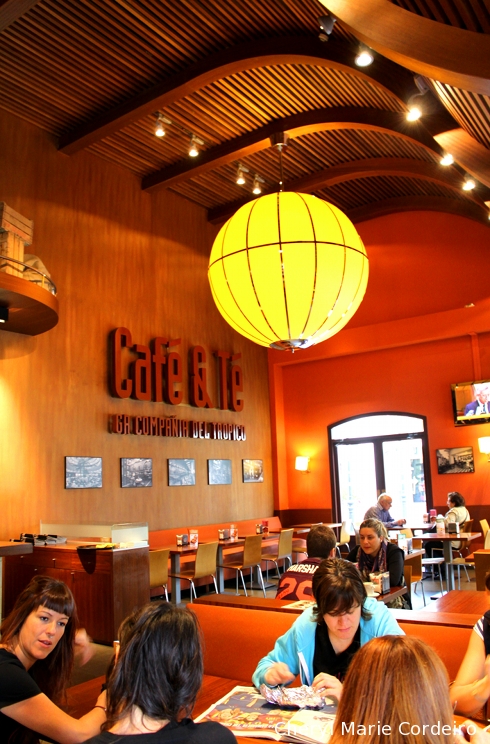
Yuletide red.
Text and Photo © JE Nilsson and CM Cordeiro 2012
Every year this time of the season, yuletide invites pour in to spend time with family and friends, so there’s every opportunity abound to get dressed in something warm, go Christmas marketing all over the city and then to dinner.
Most years at the Christmas markets, you’ll meet familiar faces, who delight in showing you their handmade wares and new decorations in festive red, tinsel silver and gold.
This year, a note of more candles than electric lamps lighting up the interiors of the market places, all creating a warm feeling that contrasts so nicely against the frosty Nordic nights. Outside on a clear moonlit market evening, the stars stand crisp against a black velvet cloak of night, dim voices that float through the air and what you hear most is the soft crunch of snow under leather soles.
Continue reading “Yuletide in Sweden”
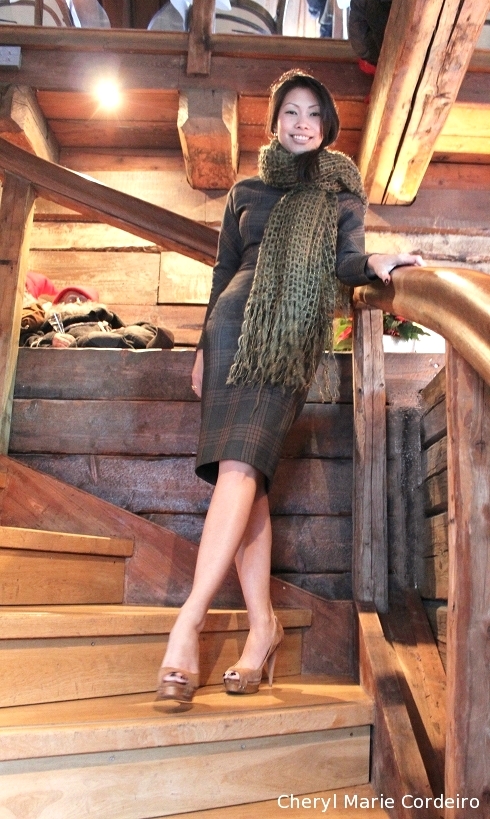


 Hi Sam,
Hi Sam, 